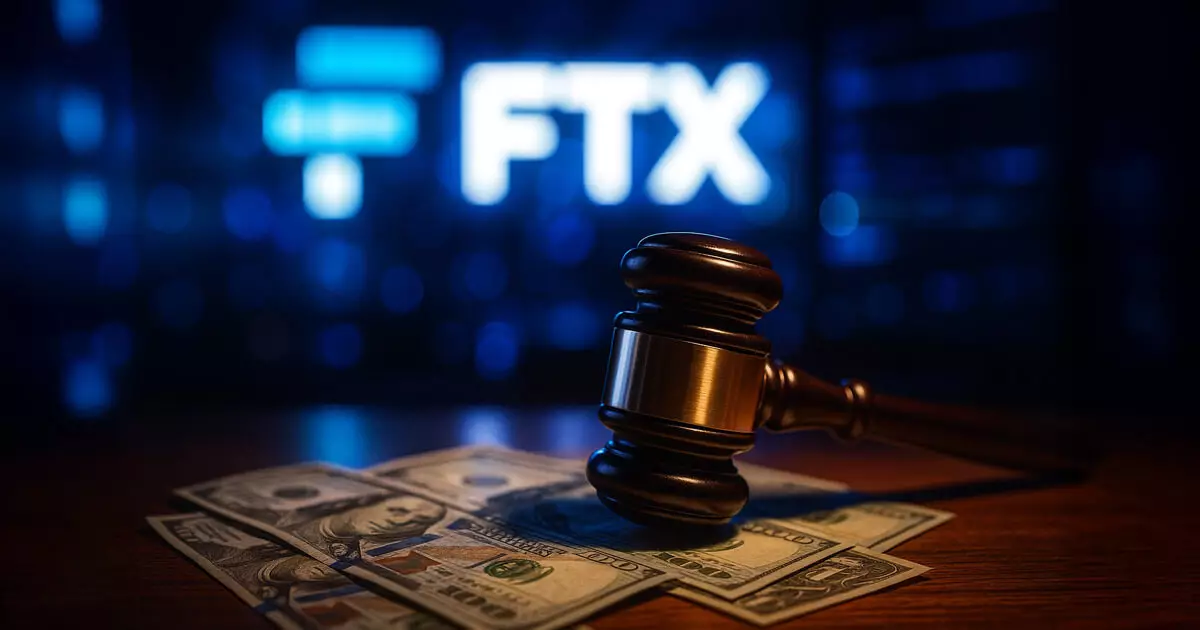In the chaotic aftermath of FTX’s dramatic collapse, creditors are desperately clinging to what promises to be a fragile lifeline. The recent announcement of an August 15 record date for the next distribution offers a glimmer of hope — yet it underscores the precarious reality that many will face. While over $5 billion has already been distributed, the path forward remains riddled with complexities, delays, and uncertainties that cast doubt on the true extent of restitution. For many creditors, especially those with claims above $50,000, the road to recovery is still fraught with legal battles, asset liquidation hurdles, and administrative red tape.
The decision to reduce the disputed claims reserve by $1.9 billion suggests a strategic move by the estate to free up more cash, yet it highlights the unresolved nature of the underlying disputes. This maneuver may superficially accelerate payouts, but it risks glossing over the deep disagreements about the actual liabilities, forcing creditors and the broader market to question whether the recovery process is genuinely transparent or merely a scramble to stabilize the estate’s balance sheet.
Administrative Challenges and Creditor Rights
As distributions approach, the emphasis on stringent pre-distribution requirements reveals a hardline stance that favors procedural compliance over equitable resolution. Creditors must navigate a labyrinth of Know Your Customer procedures, tax documentation, and onboarding protocols designed to slow down and control the flow of money. This bureaucratic quagmire underscores a troubling reality: the system prioritizes safeguarding against fraud and mismanagement but inadvertently stifles genuine access to funds. For a community of investors who trusted a platform now in ruins, this bureaucratic maze risks turning deserving claimants into mere afterthoughts.
Moreover, the strict deadlines for transferring claims and the requirement for claims to be reflected on the official register by August 15 indicate a system driven by procedural deadlines rather than substantive justice. With the claim objector window closing without dispute, the foundation for future payouts rests precariously on administrative efficiency, not necessarily fairness.
The Broader Implications for Market Confidence
This ongoing saga reveals much about the fragility of cryptocurrency exchanges and the perilous nature of digital asset markets. Despite promises of transparency and redistribution, the entire process exposes a fundamental vulnerability: the delicate trust that must be maintained between creditors, administrators, and the legal framework. The fact that only those who meet specific procedural milestones will receive funds reveals a landscape where legal technicalities often overshadow actual value.
Such turbulence inevitably breeds skepticism among investors, highlighting the importance of due diligence, regulatory oversight, and transparent recovery protocols. While the market might momentarily breathe a sigh of relief with initial payouts, doubts about the long-term stability of similar entities persist. The FTX case serves as a cautionary tale, exposing the risks of a loosely regulated environment where bankruptcy, litigation, and insider dealings threaten to undermine investor confidence permanently.
Breaking the illusion of a straightforward bailout, the FTX saga emphasizes that in the realm of digital assets, substantive accountability must accompany procedural processes. Without reforms and stricter oversight, the pattern of creditor uncertainty will only intensify, leaving the next wave of investors more vulnerable than ever.

